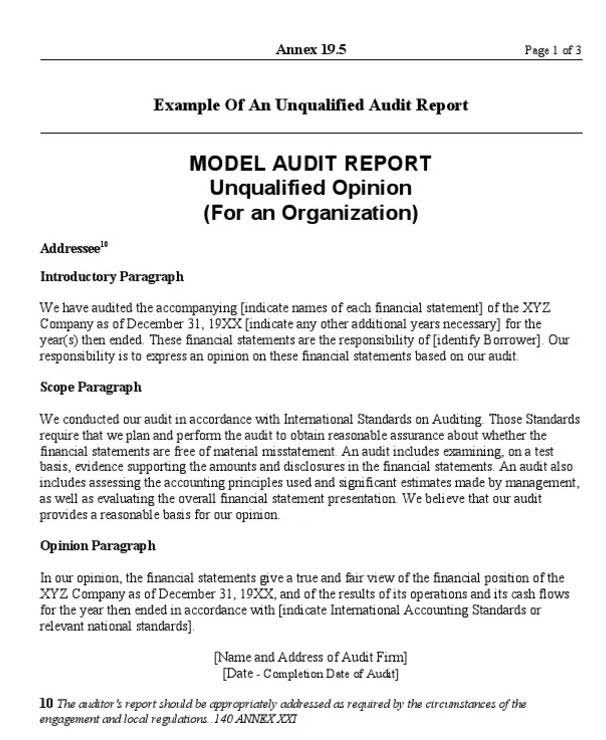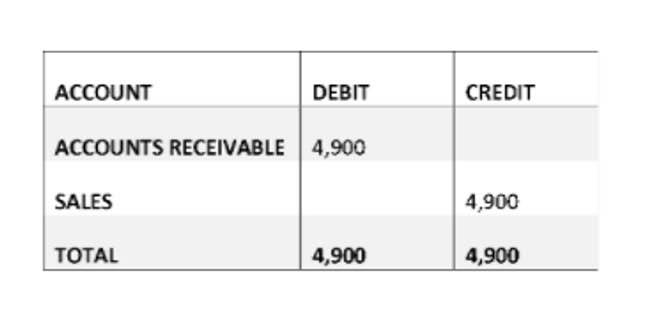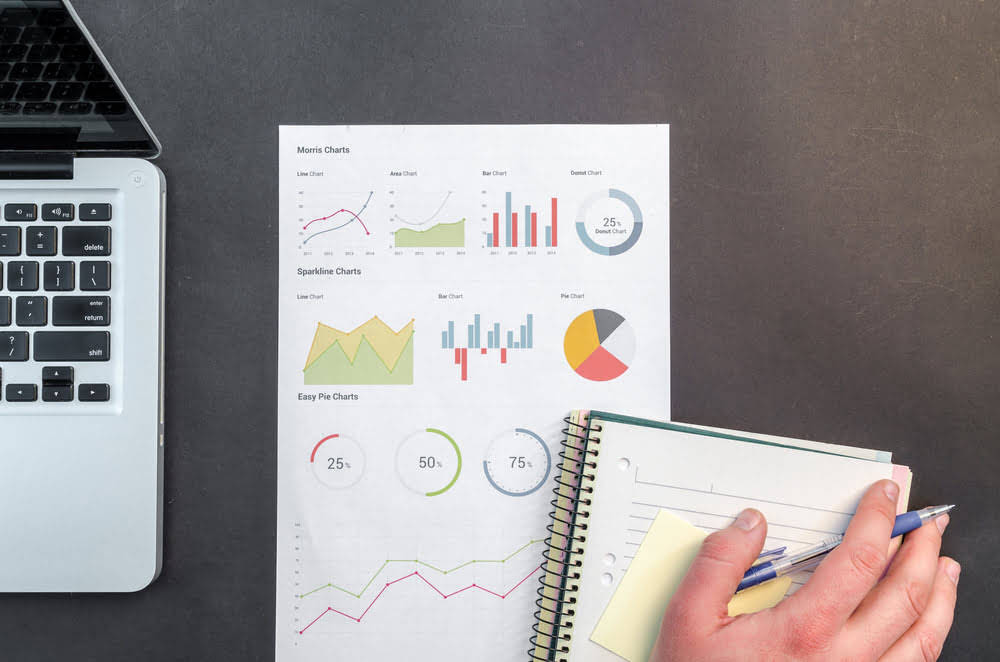
The balance sheet includes information about a company’s assets and liabilities. Depending on the company, this might include short-term assets, such as cash and accounts receivable, or long-term assets such as property, plant, and equipment (PP&E). Likewise, its liabilities may include short-term obligations such as accounts payable and wages payable, or long-term liabilities such as bank loans and other debt obligations. Knowing how to read a balance sheet is fundamental to financial literacy. One of the most prominent ones is the assets section, which includes current assets like cash and equivalents, followed by long-term assets such as property and investments. Liabilities come next, divided into current liabilities (like debts and payables) and long-term liabilities (e.g., loans).
Payment Gateway for Service Provider
Yes, the balance sheet will always balance since the entry for shareholders’ equity will always be the remainder or difference between a company’s total assets and its total liabilities. If a company’s assets are worth more than its liabilities, the result is positive net equity. If liabilities are larger than total net assets, then shareholders’ equity will be negative. Important ratios that use information from a balance sheet can be categorized as liquidity ratios, solvency ratios, financial strength ratios, and activity ratios. Liquidity and solvency ratios show how well a company can pay off its debts and obligations with existing assets.
Accounts Payable (AP)
Assets can be split into three sections – current assets, fixed assets, and intangible assets. Excel is an excellent tool for designing your own if you are not using accounting software. By looking at the sample balance sheet below, you can extract vital information about the health of the company being reported on. As a financial accountant, you may choose to work in public accounting (doing jobs for multiple business clients) or corporate accounting (performing accounting work only for your employer). You can also choose to specialize in governmental accounting, not-for-profit accounting, forensic accounting (which relates to legal proceedings or testimony), or other specific fields.
Company

Remember, a well-maintained Balance Sheet is crucial for managing your business effectively and demonstrating its financial viability to external parties. Looking at the accounting equation, you can see why the statement of financial condition is called the balance sheet; the equal sign means the two sides balance. The first parts to notice when looking at the financial statements are the dates indicated at the top of the statements. You need to know what date or period of time the financial statements cover. This information is particularly critical when you start comparing results among companies.
How does the balance sheet differ from an income statement?
Not only retained earnings balance sheet will this help offset some upfront expenses, but it will also contribute to your business’s overall credit. Also, Corporations and LLCs are required to have a separate line of credit outside their personal accounts. This sounds straightforward, but accounting can impact both internal and external opinions.
Learn Basic Accounting to Grow Better
- This issue is particularly crucial when you compare a large company with a smaller one.
- A balance sheet is always prepared at the close of business on the last day of the profit period.
- Tax day and the financial year are big markers for the organizations you work with.
- You can also compare your latest balance sheet to previous ones to examine how your finances have changed over time.
- You can also deduct payroll taxes, which are employment taxes paid on behalf of your employees (like Social Security and Medicare, as well as federal and state unemployment taxes).
Liquidity is key to seeing if a company can pay its short-term bills. For instance, with $36,000 in current assets and $11,000 in liabilities, the current ratio is 3.27. Understanding assets on a balance sheet is key for measuring liquidity and checking a company’s financial health. Assets are grouped by how fast they can be turned into cash or used. The next figure presents the complete balance sheet for Company X, including its debt and owners’ equity accounts. The business has borrowed $500,000 on short-term notes payable (due in one year or less) and $1,000,000 on long-term notes payable.


These are the assets that a business selling products on credit would have. It’s possible that such a business could lease its long-term operating assets https://www.bookstime.com/ instead of owning them, in which case the business would report no such assets. In this example, the business owns these so-called fixed assets. They are fixed because they are held for use in the operations of the business and are not for sale, and their usefulness lasts several years or longer. You’ll find 12 or more lines of information in most balance sheets.
- Publicly available balance sheets from your state are also a great place to begin.
- The accrual method recognizes revenue and expenses on the day the transaction takes place, regardless of whether or not it’s been received or paid.
- This way the responsibility for maintaining your business’s accounting is off your shoulders.
- Companies often sell products or services to customers on credit; these obligations are held in the current assets account until they are paid off by the clients.
- Current assets are assets that a company can easily convert into cash within a financial year.
Look for a bank that has a local branch as well as robust online banking. Also, be sure the bank can integrate with your point-of-sale (POS) system and other technological needs. Business bank accounts typically charge more than personal accounts and often have a higher minimum balance.

Asset
- A balance sheet is a snapshot of the business’s financial standing at a single point in time.
- In fact, I’ve only ever officially met one of my clients — the rest I work with purely over email.
- If Companies House requires it, an accountant is the best person to prepare and submit the accounts, as they will know the generally accepted accounting principles.
- Financial ratios from the balance sheet, like the debt-to-equity ratio, give clues about a company’s financial health.
If this balance sheet were from a US company, it would adhere to Generally Accepted Accounting Principles (GAAP), and the order of accounts balance sheets for dummies would be reversed (most liquid to least liquid). Owners’ equity, also known as shareholders’ equity, typically refers to anything that belongs to the owners of a business after any liabilities are accounted for. Just as assets are categorized as current or noncurrent, liabilities are categorized as current liabilities or noncurrent liabilities. It’s important to remember that a balance sheet communicates information as of a specific date. By its very nature, a balance sheet is always based upon past data. While investors and stakeholders may use a balance sheet to predict future performance, past performance is no guarantee of future results.
